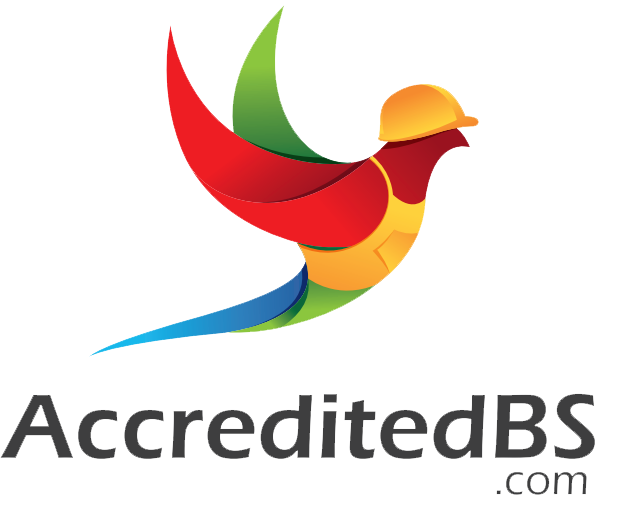
14 Apr Bilingual Safety Training NYC: Ensuring Workplace Safety for All
In the bustling streets of New York City, where diversity thrives, ensuring workplace safety becomes a paramount concern. Bilingual safety training programs bridge language barriers and promote inclusivity and understanding. In this article, we delve into the significance of bilingual safety training in NYC, focusing on accredited programs and their impact on workplace safety.
Understanding bilingual safety training
Bilingual safety training involves educational programs instructing individuals in workplace safety practices while accommodating diverse linguistic backgrounds. These programs utilize bilingual instructors and materials to ensure comprehension among all participants, irrespective of their primary language.
Importance of IACET safety training
IACET (International Association for Continuing Education and Training) accreditation ensures that safety training programs meet rigorous standards of quality and effectiveness. Choosing an IACET-accredited safety training school in NYC guarantees that participants receive education of the highest caliber.
Accredited safety training schools in NYC
In New York City, numerous institutions offer accredited bilingual safety training programs. These schools are equipped with experienced instructors and comprehensive curricula to deliver top-notch safety education.
Benefits of bilingual safety training
Bilingual safety training fosters a safer work environment by enhancing understanding and communication among employees. It promotes cultural sensitivity and inclusivity, leading to improved morale and productivity.
Curriculum overview
The curriculum of bilingual safety training programs covers a wide range of topics, including hazard identification, emergency response procedures, and workplace ergonomics. It is designed to be informative, engaging, and relevant to participants’ specific industries.
Interactive learning methods
To maximize retention and engagement, bilingual safety training often incorporates interactive learning methods such as role-playing, group discussions, and hands-on simulations. These activities make the learning experience more dynamic and effective.
Real-life case studies
Incorporating real-life case studies into safety training allows participants to learn from past incidents and apply lessons to their work environments. Analyzing case studies helps reinforce key safety concepts and encourages critical thinking.
Certification and accreditation
Upon successful completion of bilingual safety training, participants receive certification indicating their competency in workplace safety practices. This certification is recognized by regulatory bodies and employers, enhancing career prospects and job opportunities.
Compliance with regulations
Bilingual safety training ensures compliance with local, state, and federal regulations governing workplace safety. By staying up-to-date with regulatory requirements, businesses can avoid fines and penalties while prioritizing employee well-being.
Cost-Effectiveness and ROI
Investing in bilingual safety training yields significant returns on investment by reducing workplace accidents, injuries, and related costs. The cost-effectiveness of these programs lies in their ability to prevent incidents and protect both employees and employers.
Addressing common safety concerns
Bilingual safety training addresses common safety concerns specific to diverse work environments, such as language barriers, cultural differences, and varying levels of literacy. By tailoring content to address these concerns, training programs become more effective and relevant.
Enhancing workplace communication
Effective communication is essential for maintaining a safe work environment. Bilingual safety training not only teaches safety protocols but also improves communication skills among employees, fostering teamwork and cooperation.
Continuous improvement
Bilingual safety training programs undergo continuous evaluation and improvement to ensure they remain effective and relevant. Feedback from participants and industry experts is used to enhance curriculum, teaching methods, and overall program quality.
Conclusion
In a city as diverse as New York, bilingual safety training plays a crucial role in ensuring workplace safety for all. Accredited programs not only educate employees on safety practices but also promote cultural understanding and inclusivity. By investing in bilingual safety training, businesses can create safer, more productive work environments for everyone.

Sorry, the comment form is closed at this time.